AI Agents in Drug Discovery: Accelerating the Path from Target to Therapy
Drug discovery is a complex, multi-step process that involves identifying disease mechanisms, finding promising compounds, and optimizing leads for clinical trials. At Agilisium, we leverage Gen AI, predictive analytics, and computational chemistry to streamline this journey. Our AI-driven solutions enhance literature review, target identification, data accuracy, and drug repurposing, ultimately reducing time, cost, and risks associated with drug development.
At Agilisium, we recognize that drug discovery is the crucial first step in bringing a new therapy to market. It begins with identifying areas of unmet medical need, followed by comprehensive research to understand disease mechanisms and validate relevant drug targets. The next phase is lead discovery, where the focus is on finding a promising development candidate, whether a small molecule or biologic, that can progress through preclinical and clinical development. From target identification to lead optimization, thousands of compounds are screened, with only a select few advancing to preclinical studies.
With our expertise in advanced analytics and Gen AI, Agilisium is transforming the drug discovery process. By leveraging deep learning, predictive analytics, computational chemistry, and natural language processing, we help researchers identify diseases, targets, and potential compounds more efficiently. Our AI-driven solutions support the decision-making process, helping to focus on the most promising candidates and streamline the drug discovery journey
The Role of Literature Review
Literature review plays a vital role in drug discovery, from understanding the areas of unmet medical need, through clarifying disease mechanisms to finding targets. As of 2022, there were almost 3 million papers indexed in the Scopus and Web of Science databases, jumping from almost 2 million in 2016, and more are being added every week. This means that it is unlikely that any one researcher can keep up to date with research in any specific area, let alone monitor and make connections with data in adjacent areas of research.
At each stage of drug discovery, from literature review to ideation and conceptualization, and in drug repurposing, our technology can play a vital role. Our Insights Generation Agent can integrate vast and diverse data sources, from scientific databases and journals, clinical trial registries, genomic data, EHRs, and lab systems, as well as from ongoing studies, to create automated insights that are tailored to the stage of development. These actionable summaries can be text-based or visual and support quick and accurate decision-making for the next step of development.
Target Identification for Novel Drugs
Clinical and chemical databases and scientific literature contain a wealth of structured and unstructured textual and visual information about drugs, targets, symptoms, and disease mechanisms. Sometimes unexpected connections are discovered serendipitously between existing diseases and targets, but it is almost impossible to carry out a manual systematic analysis of the huge and disparate datasets.
The strength of advanced analytics is its ability to make unexpected connections between interconnected pieces of information, for example targets, drugs, and diseases. This can mean that a target previously linked with one disorder can be connected to another for the first time. This has value both for novel and repurposed drugs (see later).
For every imported dataset, and at every stage in development, our Data Observability Agent ensures that the acquired data is precise and accurate.
Prototyping, Ideation, and Conceptualization: From Hits to Leads and Beyond
Once the target has been identified and selected, the next step begins with high throughput screening of molecules to generate initial hits. The hits are tested to assess activity, and then related compounds are synthesized and reassessed to understand more about:
- Target affinity and selectivity
- Efficacy
- Drug-likeness
- Cytotoxicity
- Stability
- Solubility
In the next stages of hit-to-lead and then lead optimization, researchers synthesize lead compounds that have greater potency, lower chances of off-target effects and potential for good pharmacokinetics. This approach can be lengthy and time-consuming and can involve several rounds of screening and optimization.
The Content Generation Agent, which is purpose-built for life sciences, provides summaries that keep all the teams involved in drug discovery and on into development up to date with real-time project progress. The robust security protocols ensure that sensitive life sciences data is protected.
LIMS Platform Customization
Laboratory information management systems (LIMS) allow researchers to manage samples and their associated data in a laboratory setting. This includes automating workflows, integrating, and monitoring apps and instruments, managing inventory, centralizing data storage, and exchanging data. This helps improve data tracking, documentation, reliability, and analysis, and supports compliance and quality assurance.
Compliance with regulatory policies and requirements is important, even in the incredibly preliminary stages of drug development. By integrating policies into operational workflows, the Observability Agent help to retain compliance. The agent can also identify and resolve quality issues early and provide real-time access to data to ensure accuracy and traceability throughout early discovery and into development.
AI for Drug Repurposing
Drug repurposing uses existing drug molecules for new indications. These include drugs that failed in development based on lack of efficacy for its initial indication or had delivery challenges, or drugs that have reached the market but have been shown to have efficacy in additional (sometimes unrelated) indications. Drug repurposing can bring drugs to the market more quickly, at a lower cost and at a lower risk of failure than using a completely new molecule, because preclinical and/or clinical trials have already been carried out.
Advanced analytics can help researchers to identify drug candidates from databases of existing medications, including real-world data, and outline potential efficacy, side effects and contraindications. As well as supporting faster development, this allows unsuitable candidates to be removed from pipelines before preclinical development begins.
Our Insights Generation Agent can collate information on disease mechanisms, drug targets and potential molecules from structured and unstructured data, including clinical trial reports, electronic patient records, scientific papers, and conference reports. This has value at all stages, including drug repurposing. The NexGen DLS Agent builds on data acquisition, organizing and understanding the data relationships in the datasets, and predicting relationships between diseases, targets, and existing drug molecules.
Paving the Way for the Future of Drug Discovery
Gen AI is already making a significant impact on drug discovery, and at Agilisium, we are at the forefront of harnessing its potential. By integrating our innovative Gen AI solutions with traditional drug discovery methods, we are streamlining the entire journey from concept to lead optimization. This combination not only accelerates the process but also enhances the precision and success rate of clinical trials. As technology continues to evolve, we remain committed to empowering pharmaceutical companies with the tools they need to bring life-changing therapeutics to the market faster, ultimately improving patient outcomes on a global scale.
To find out more, visit www.agilisium.com or send us an email at sales@agilisium.com.


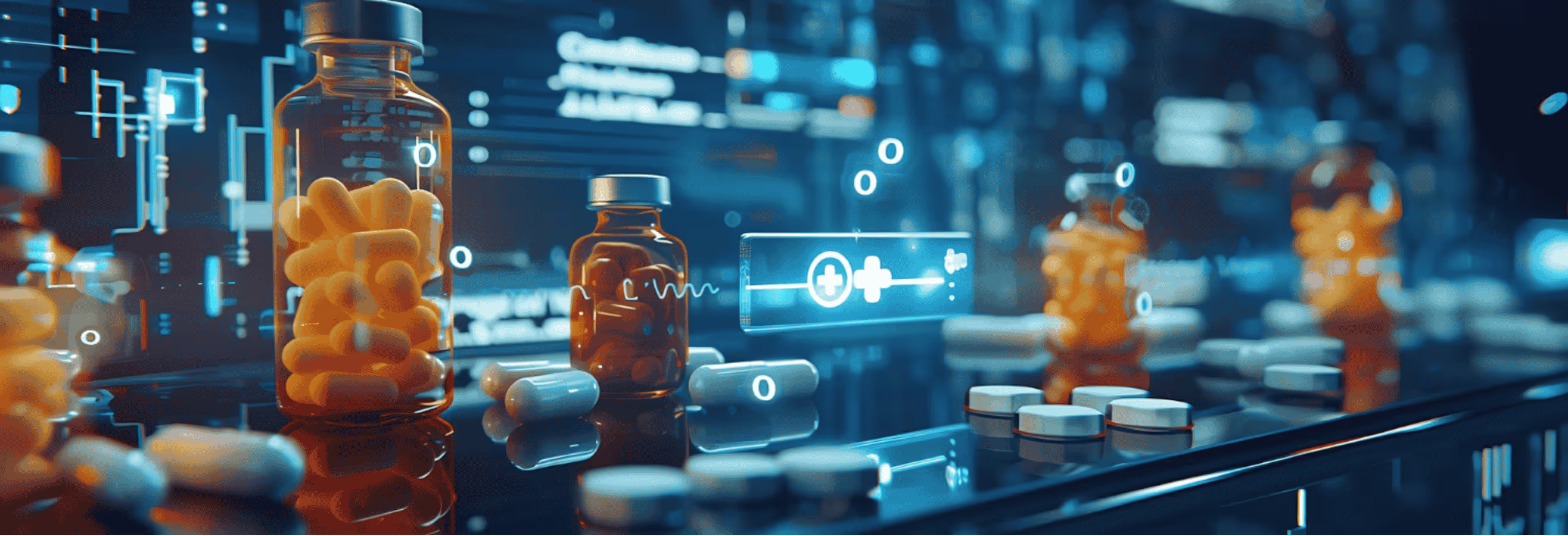


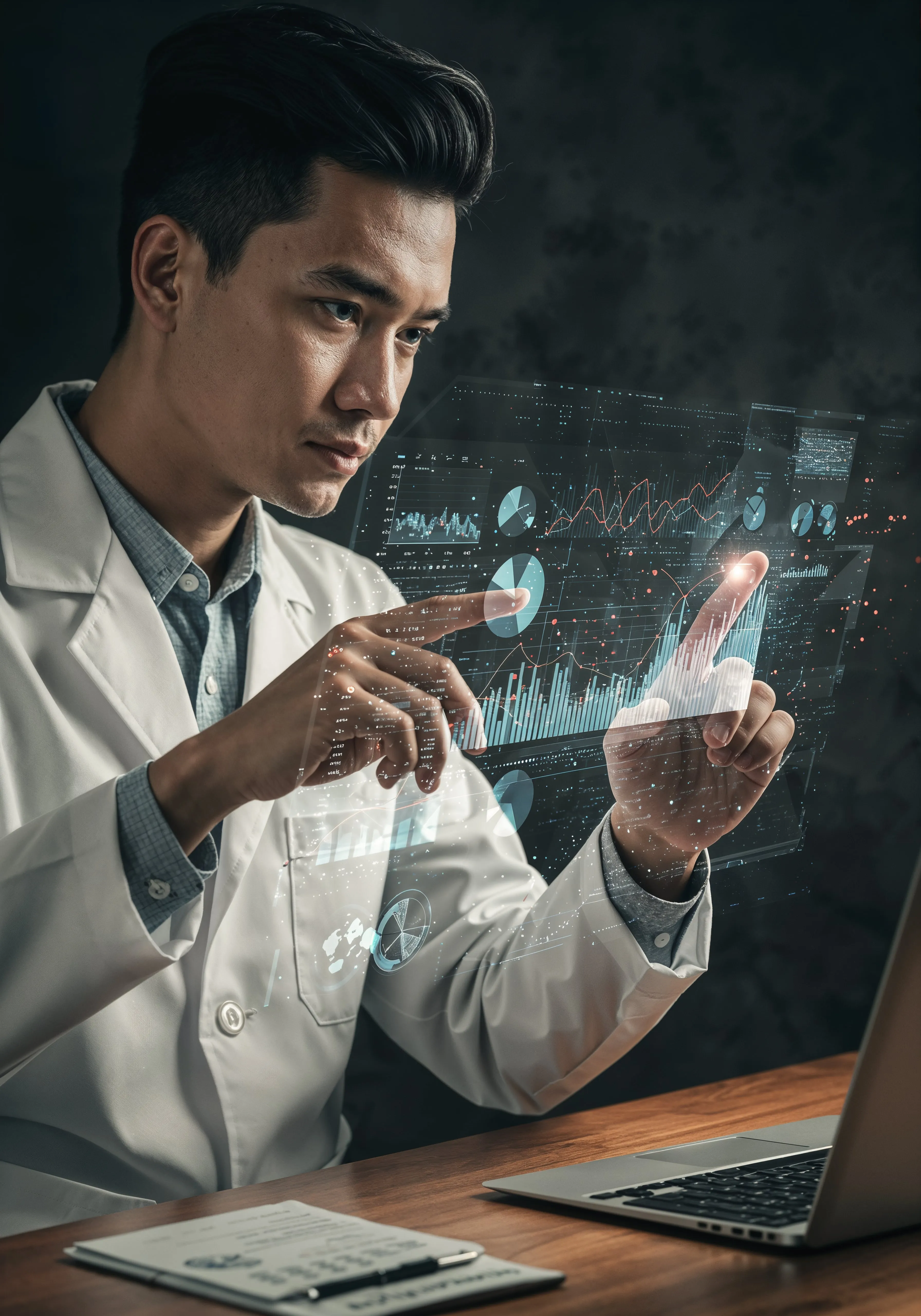
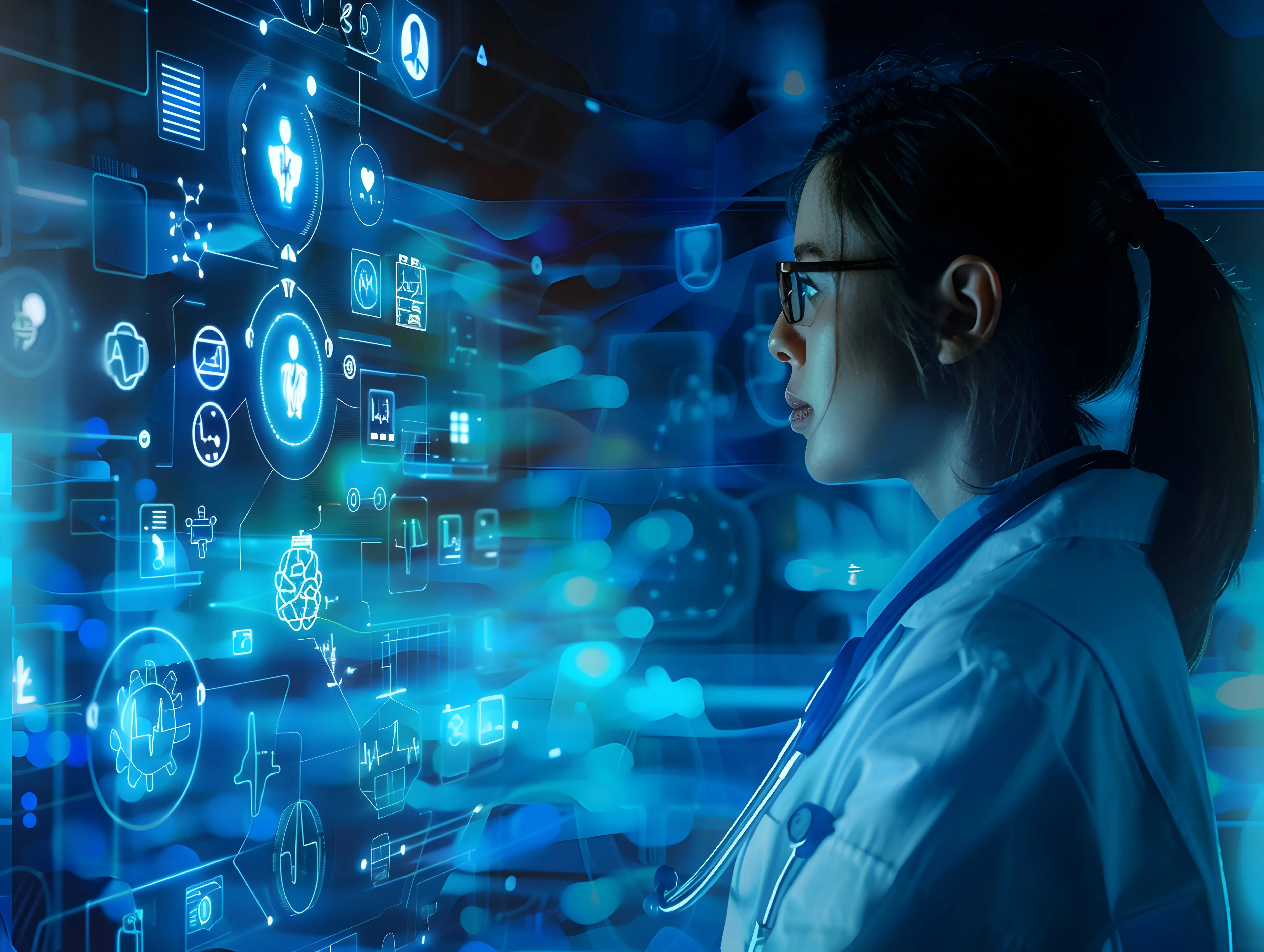

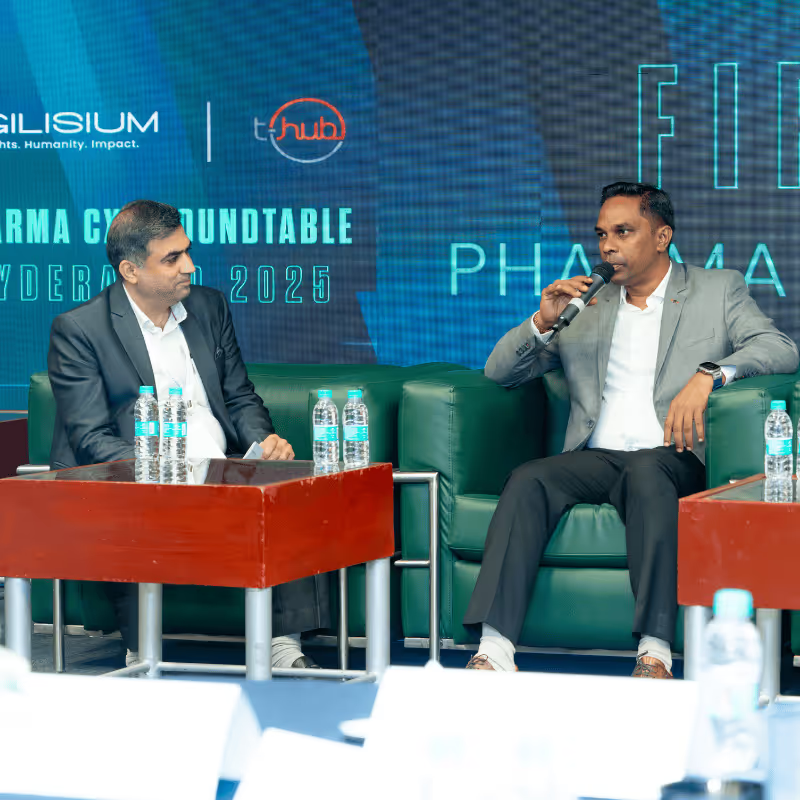

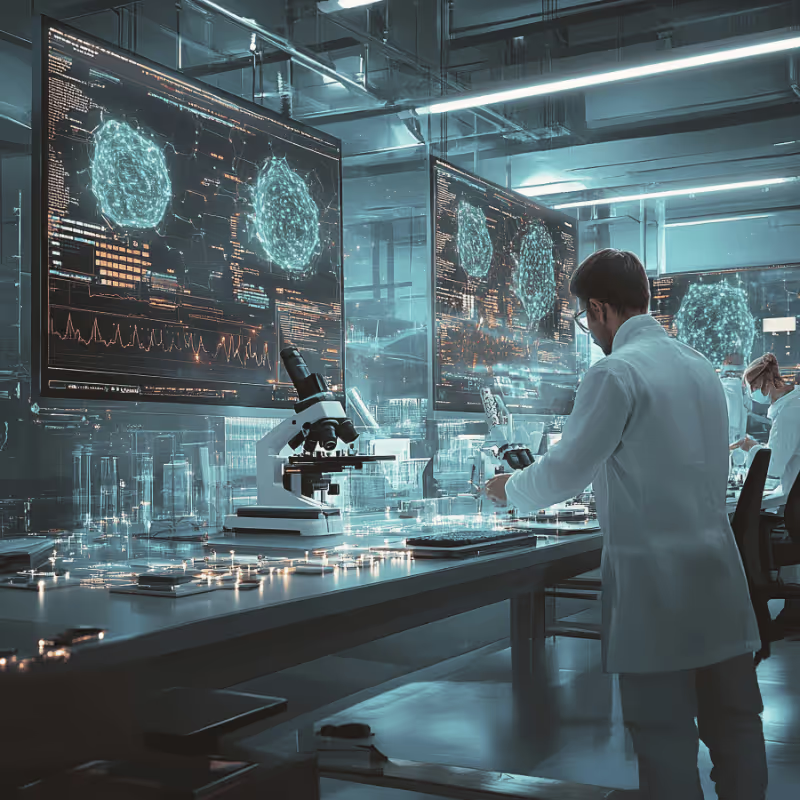
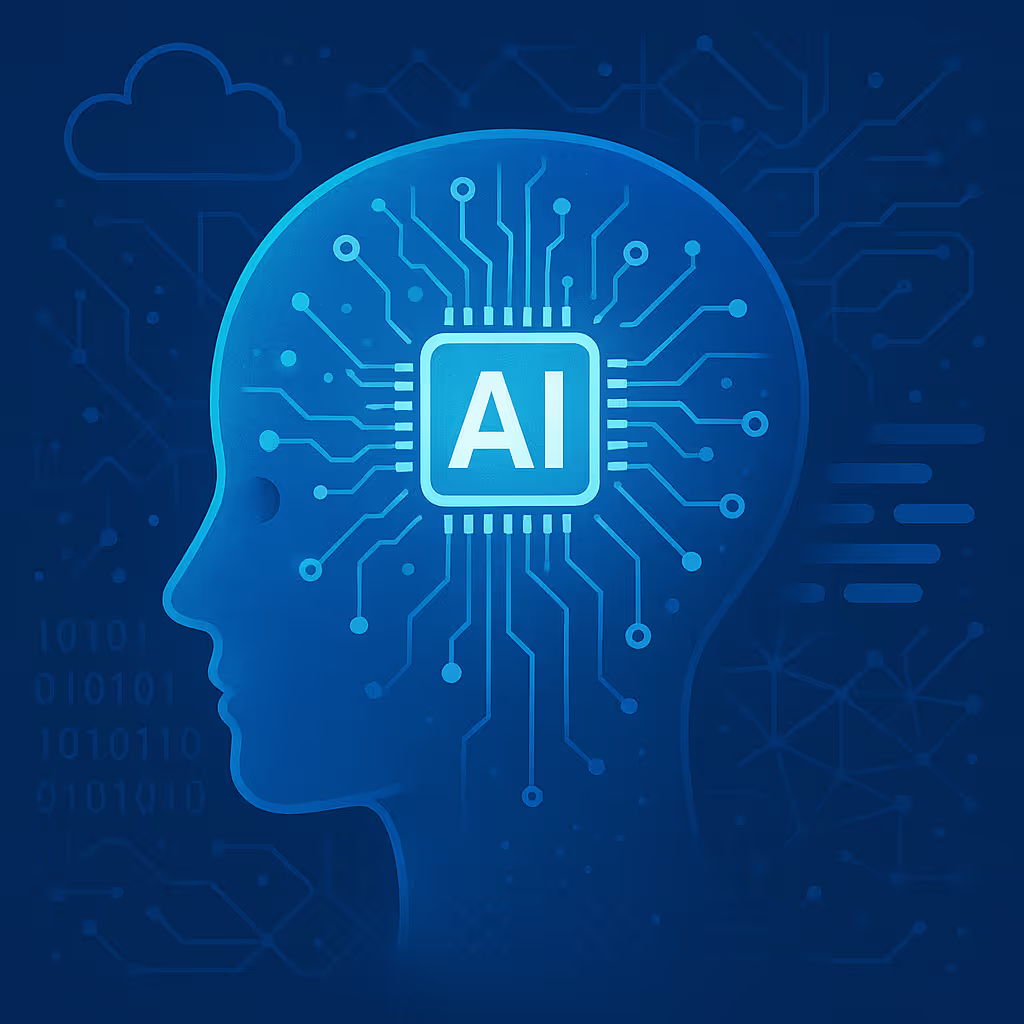
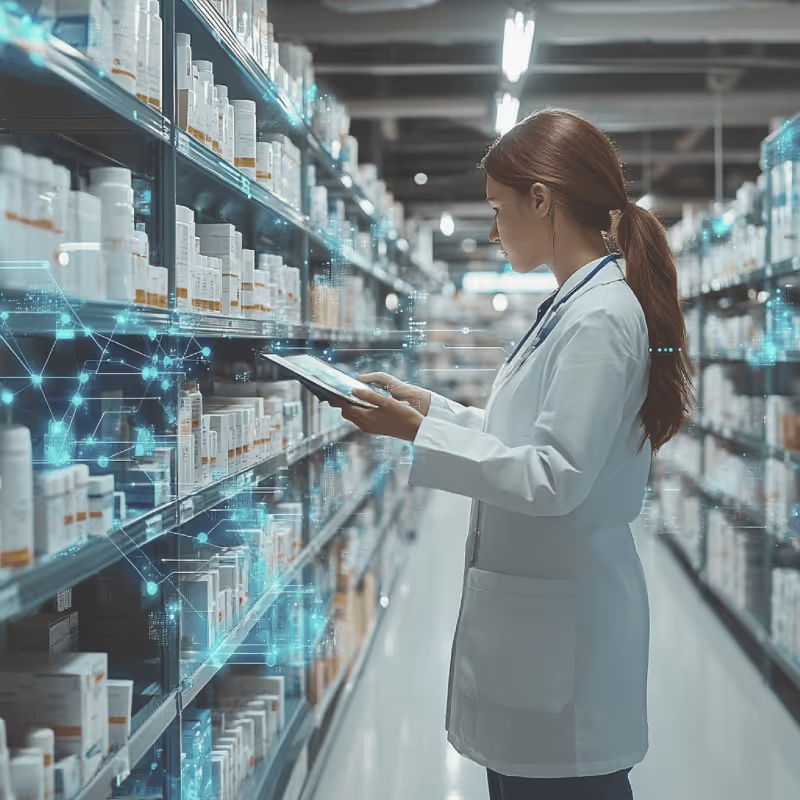
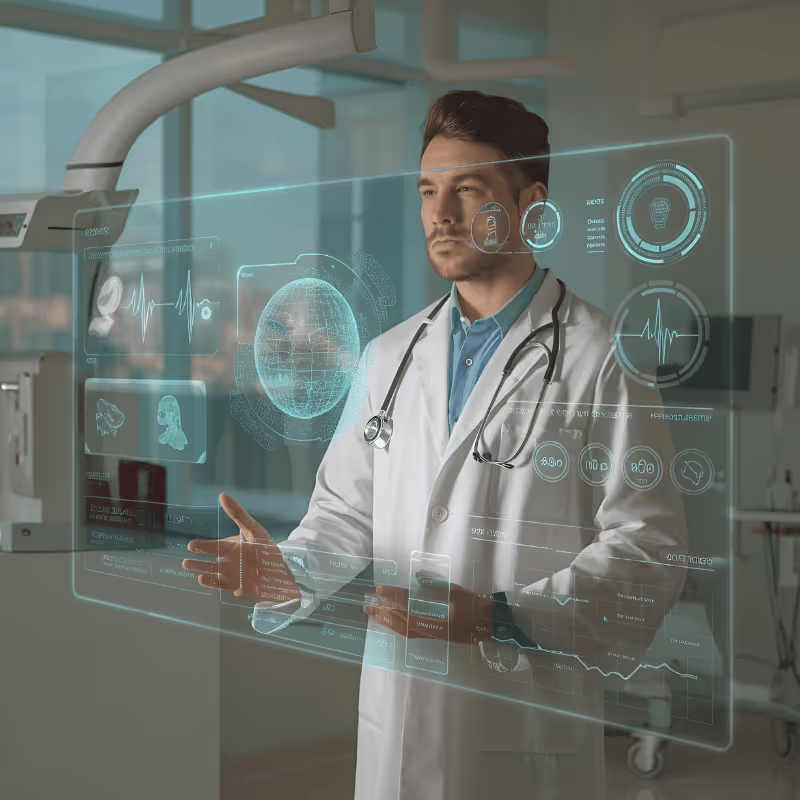
%20(7).avif)
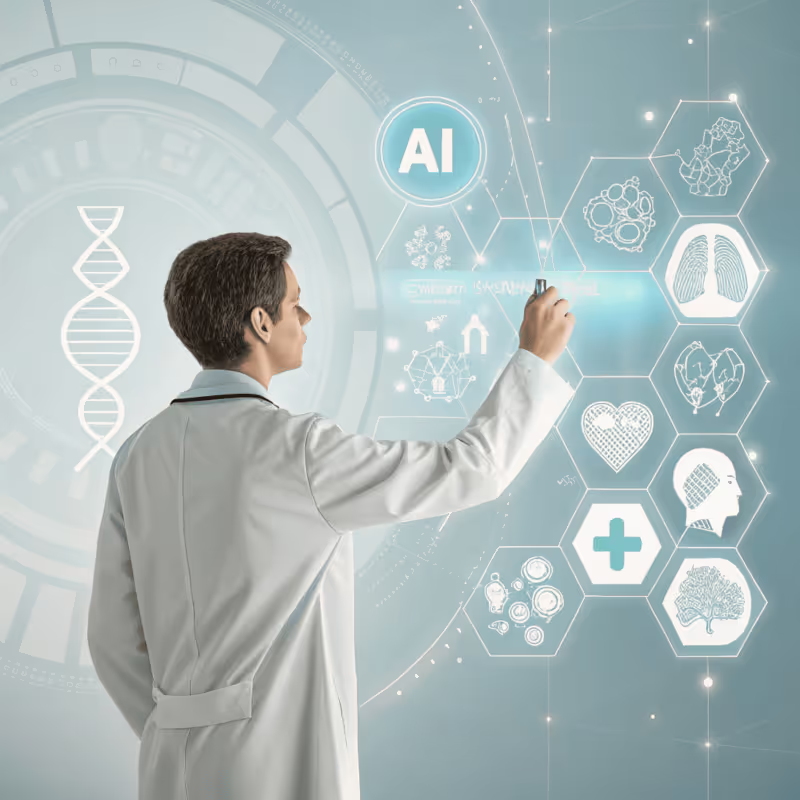

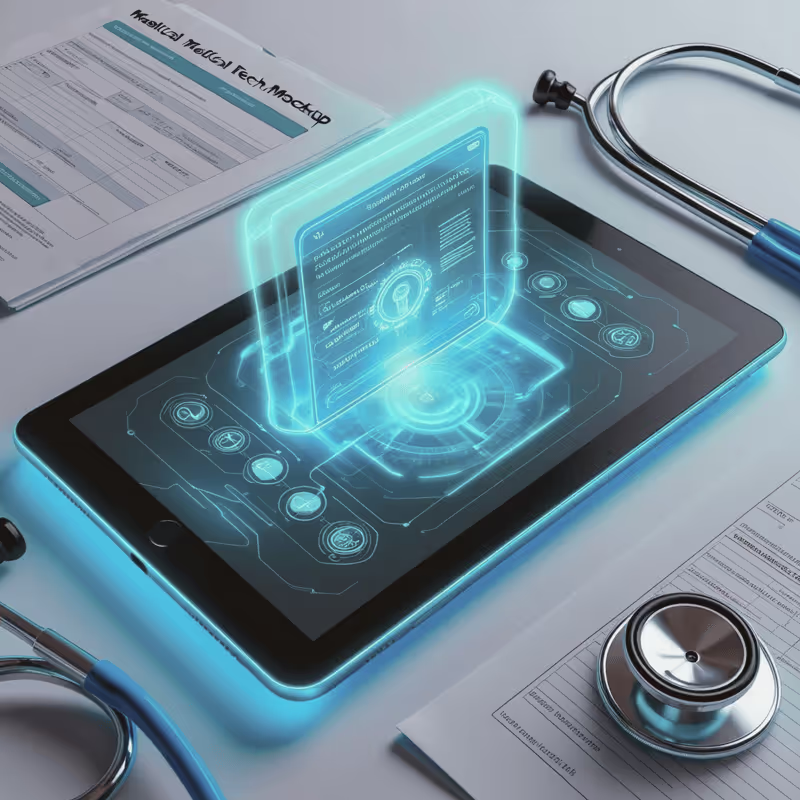
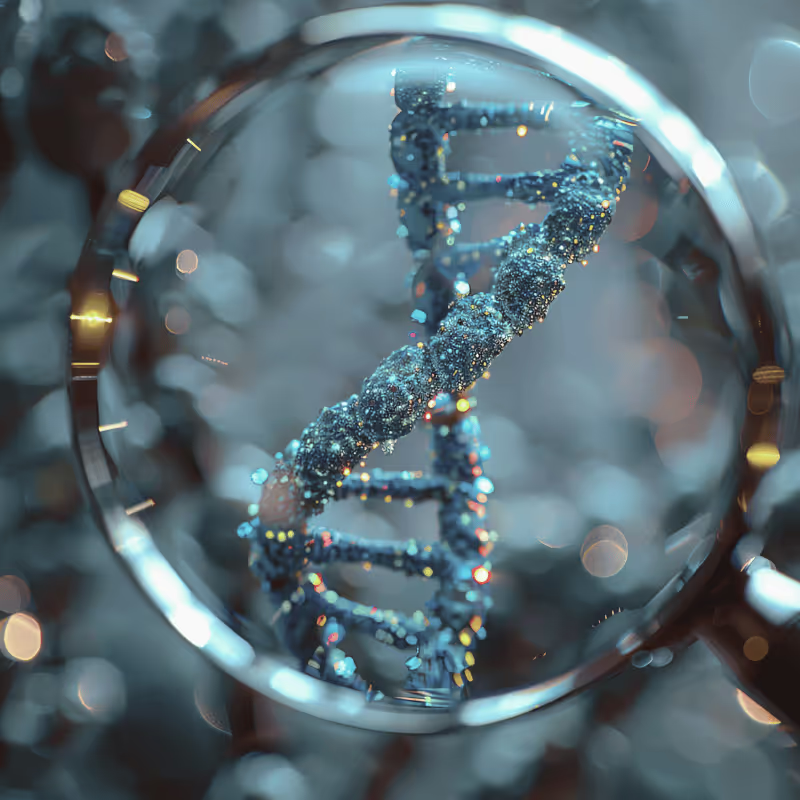
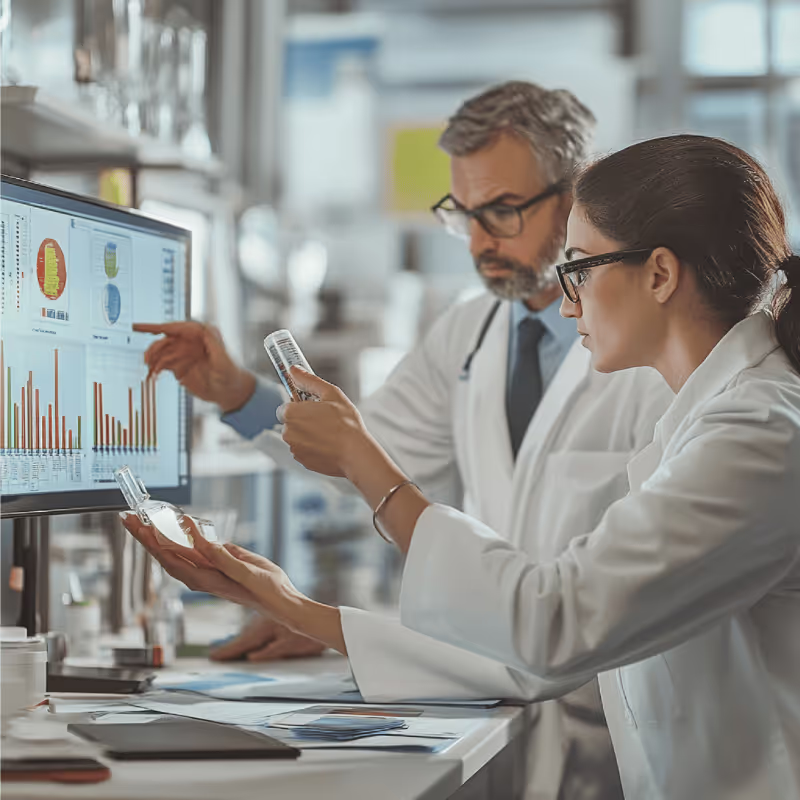
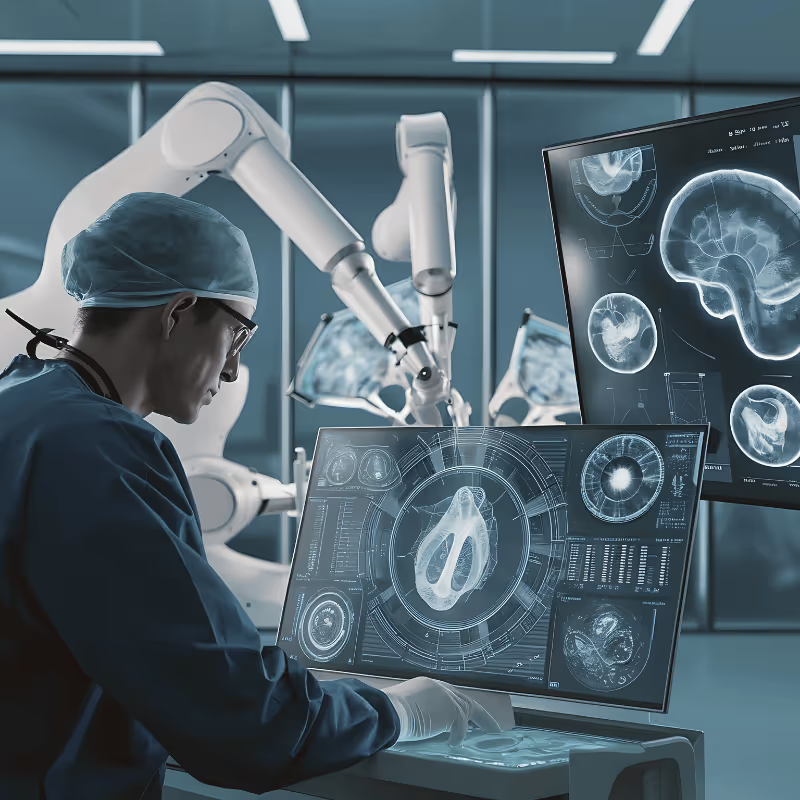
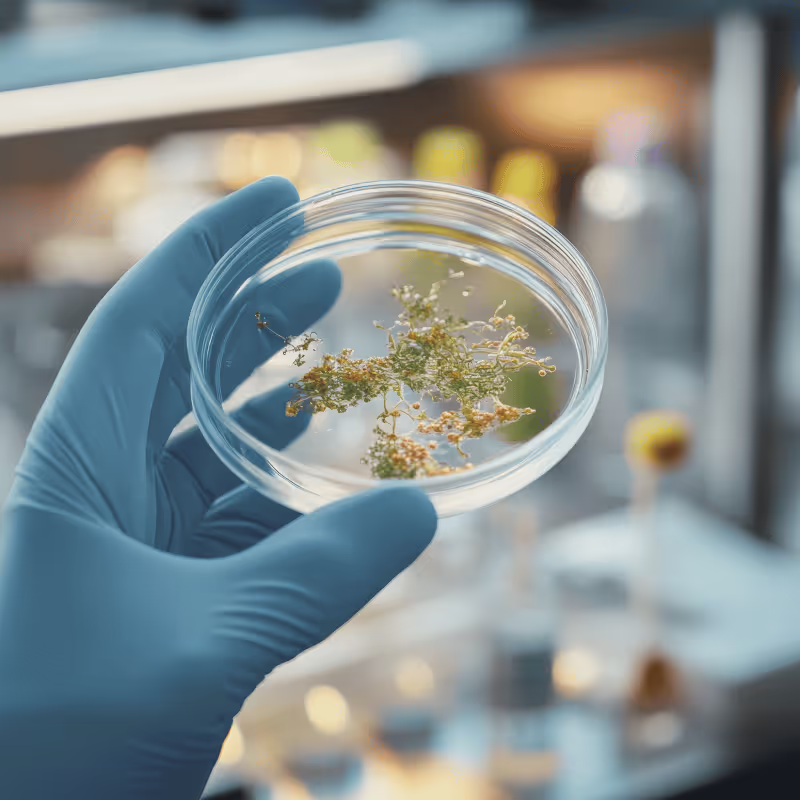

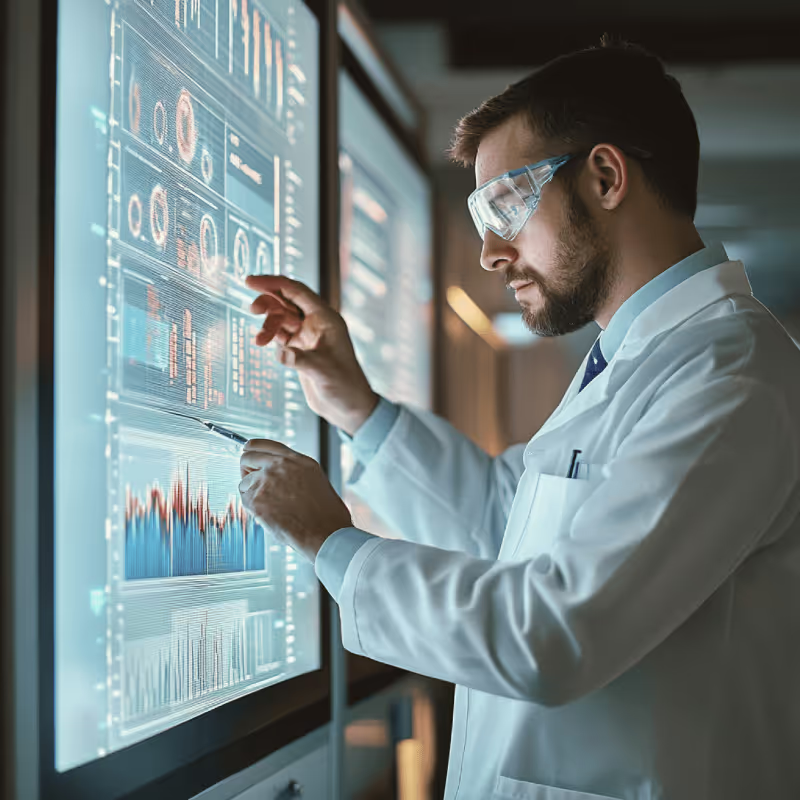
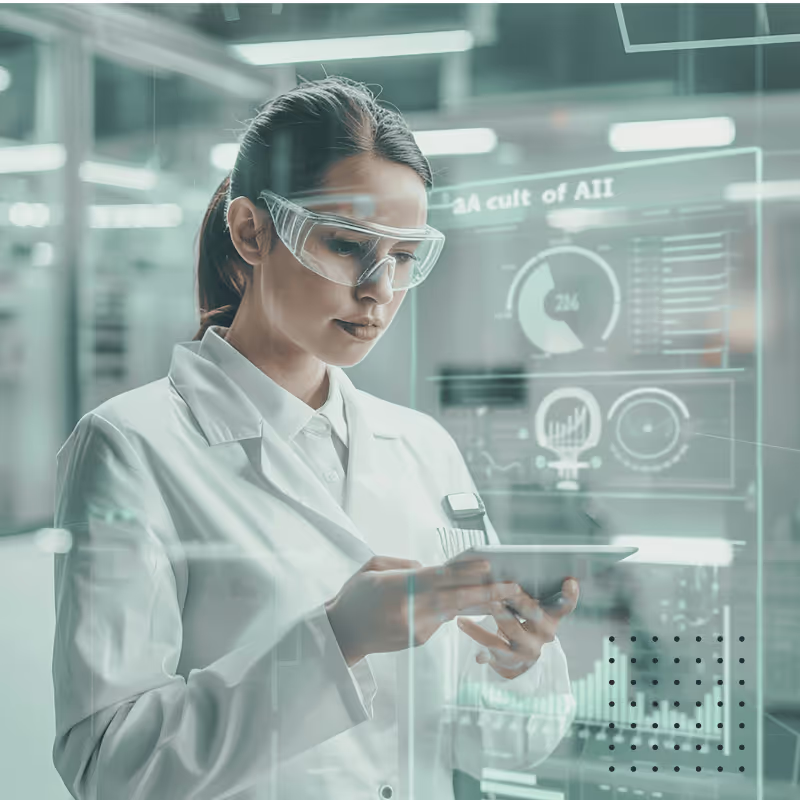



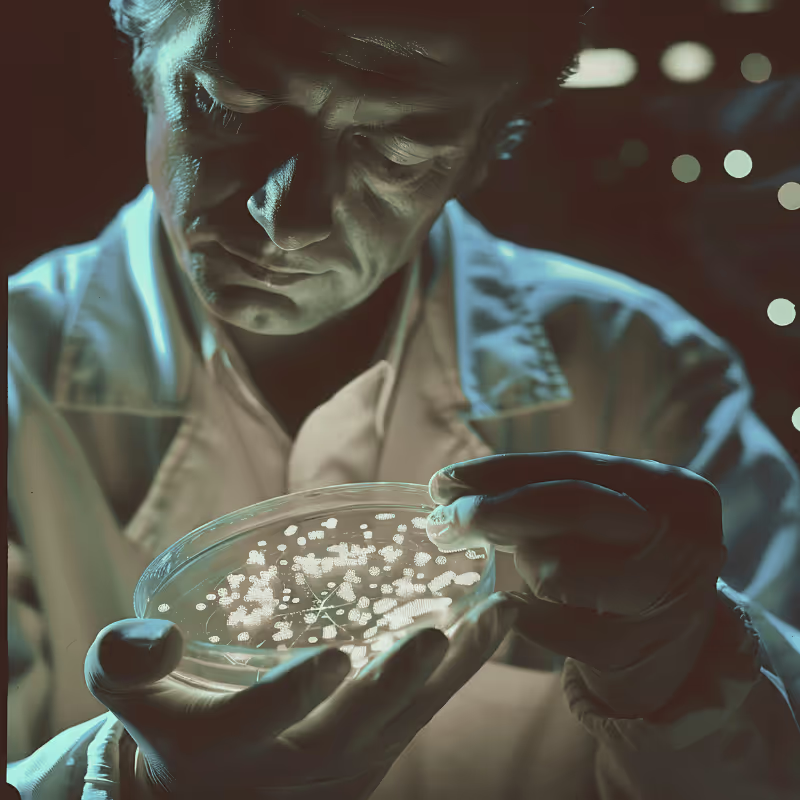

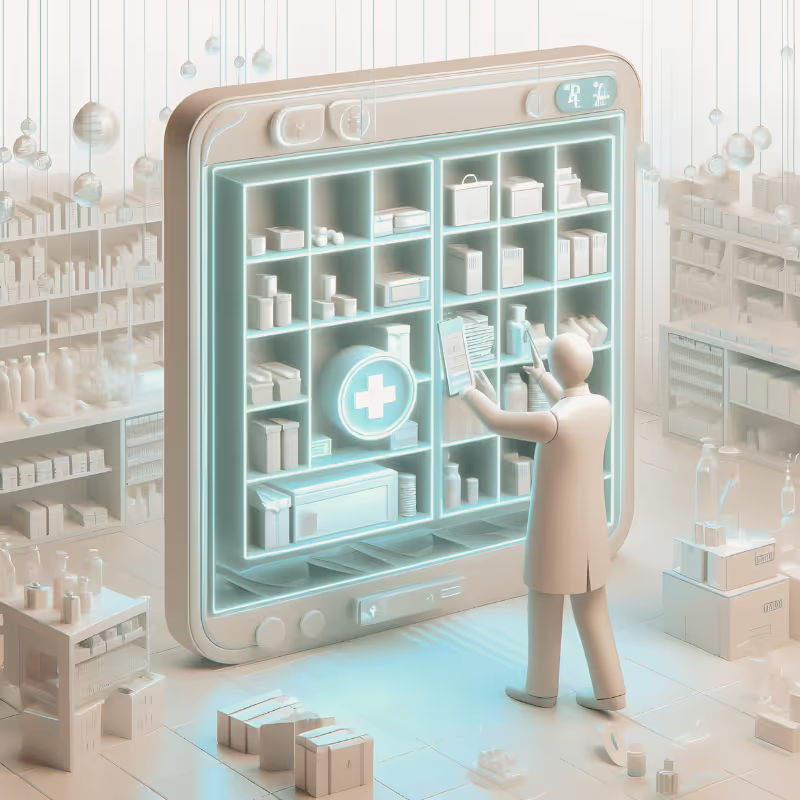

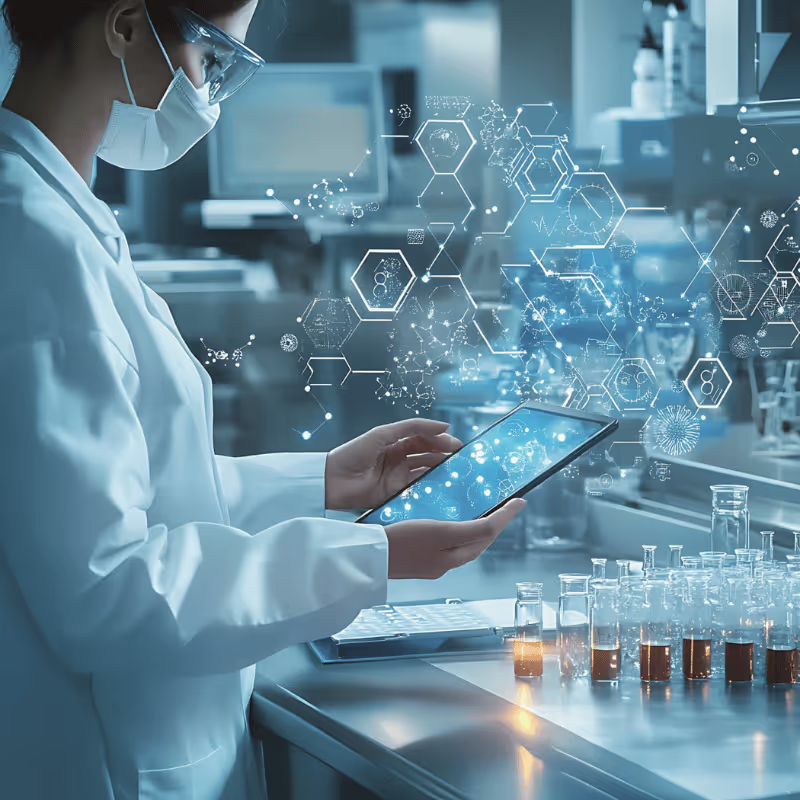

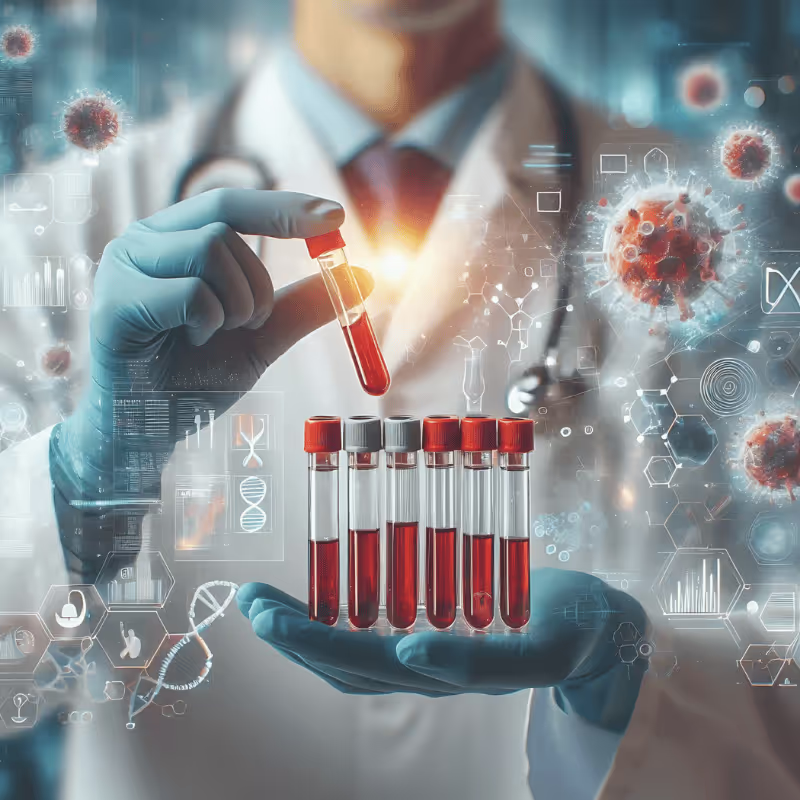
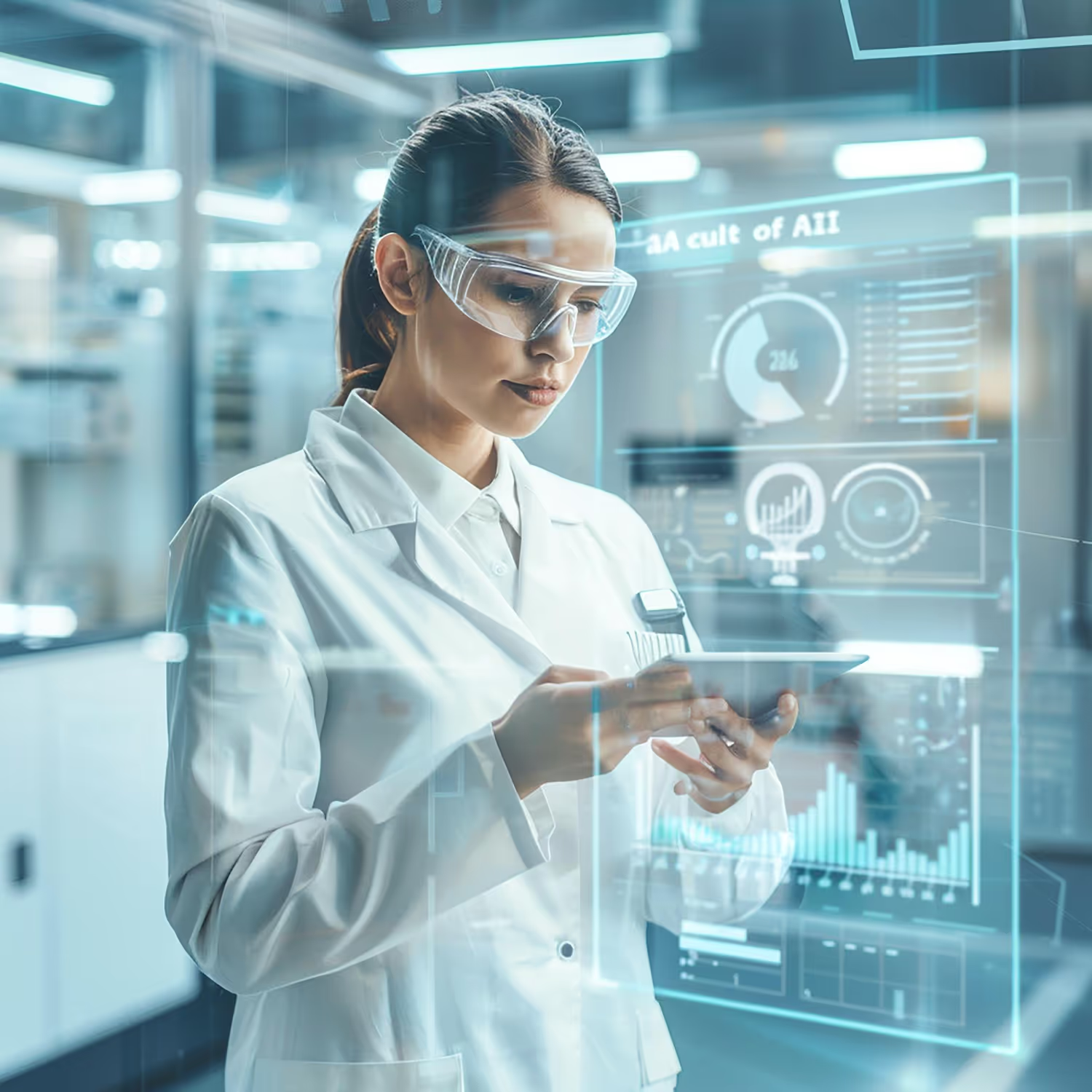
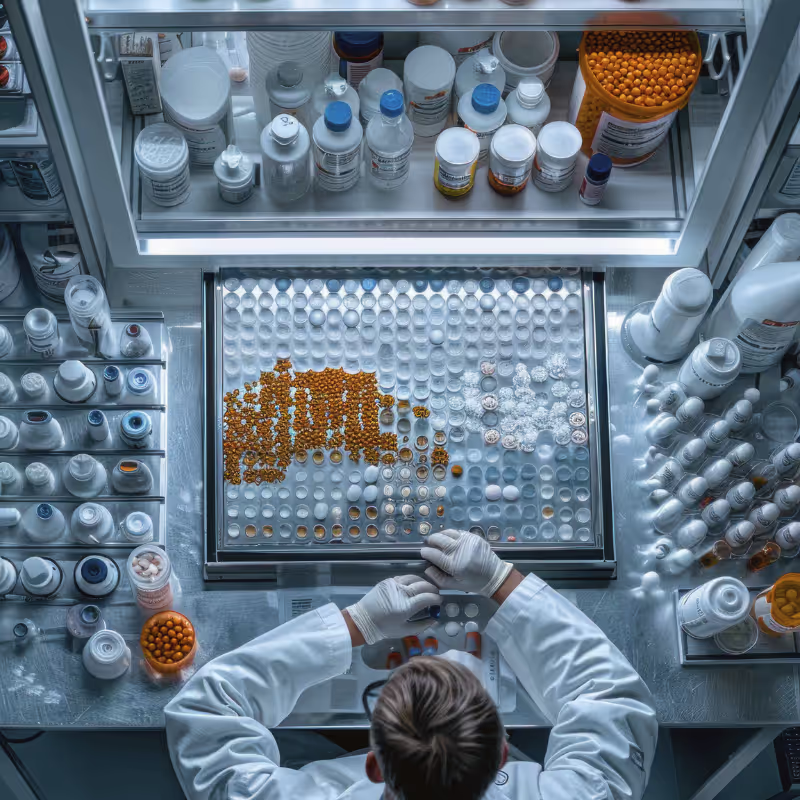
%20(5).avif)
.avif)


